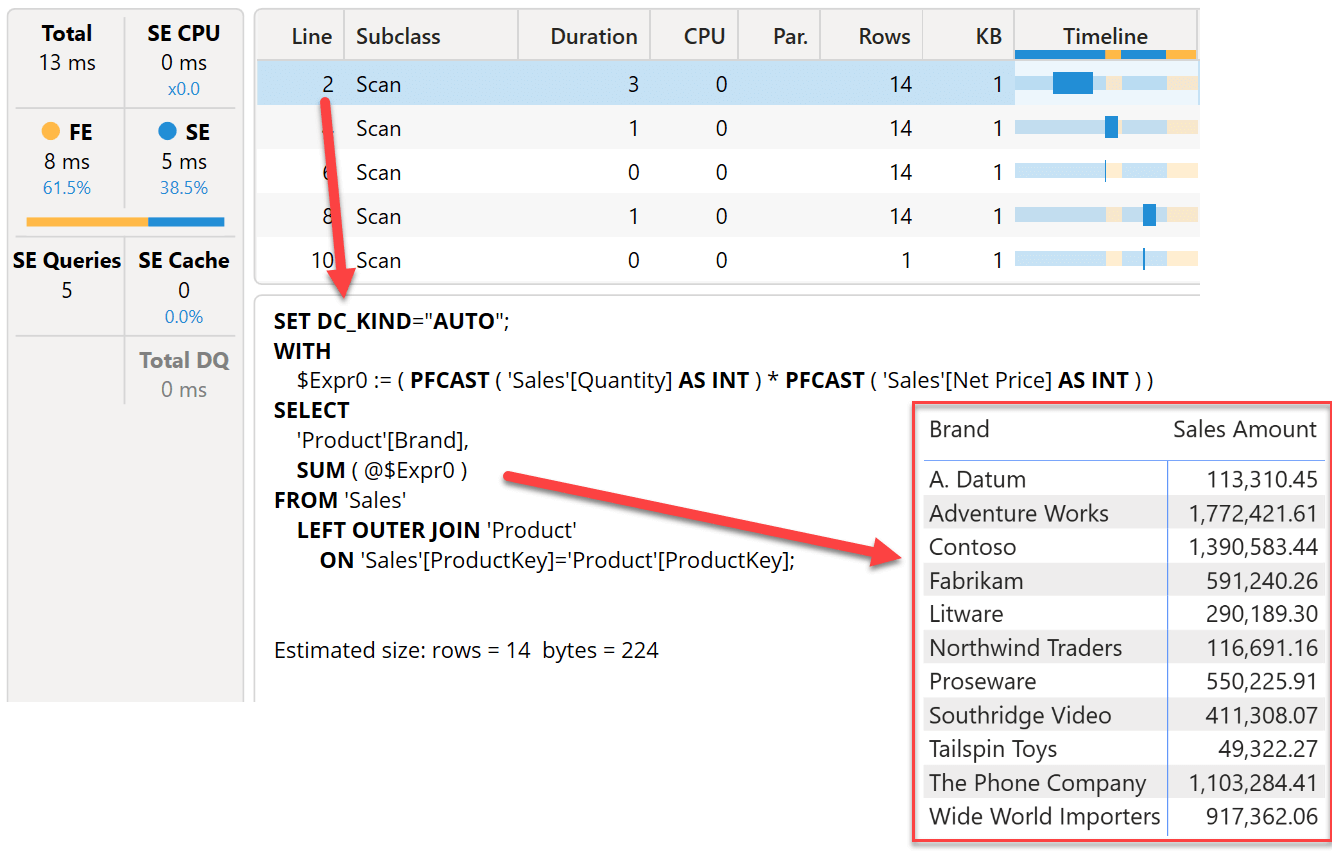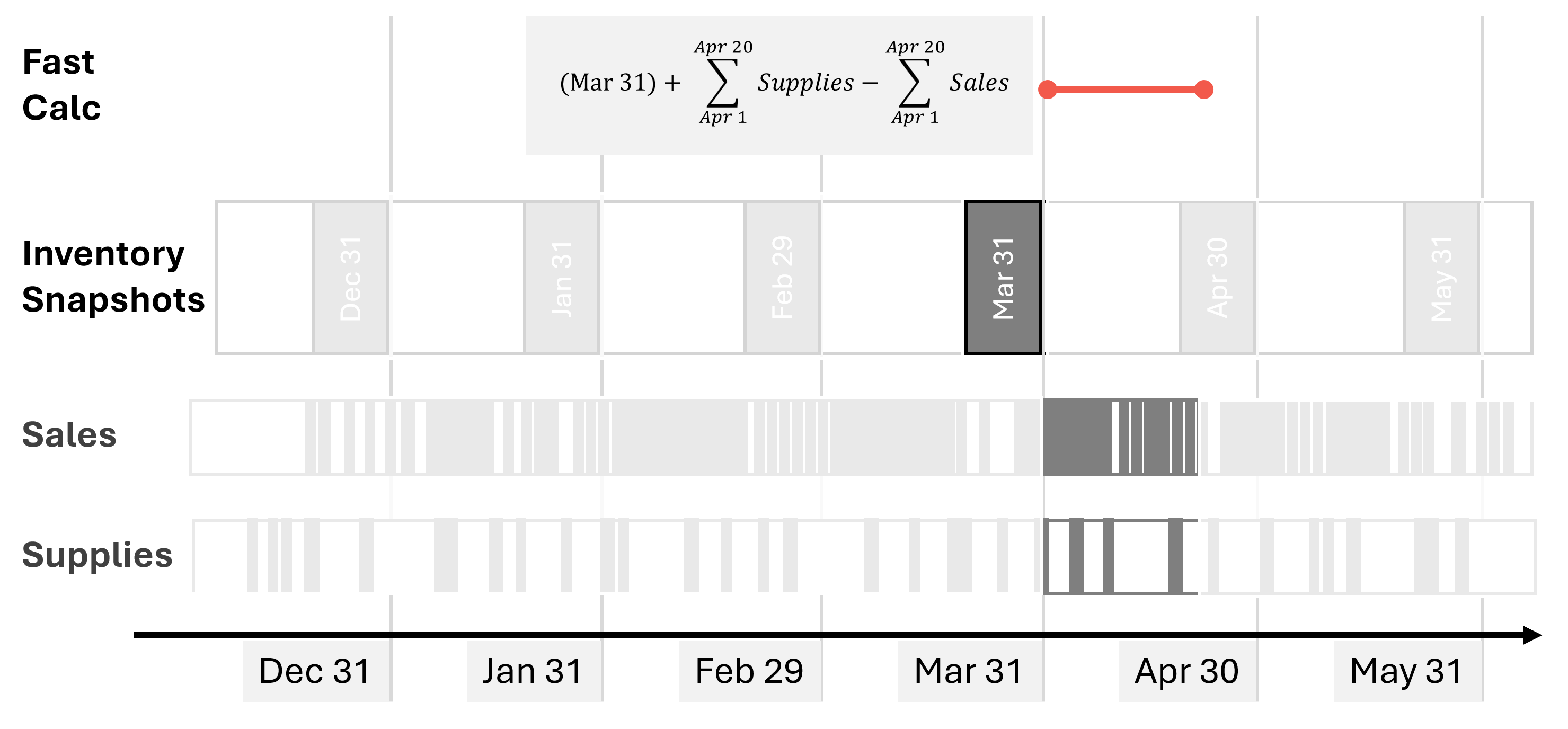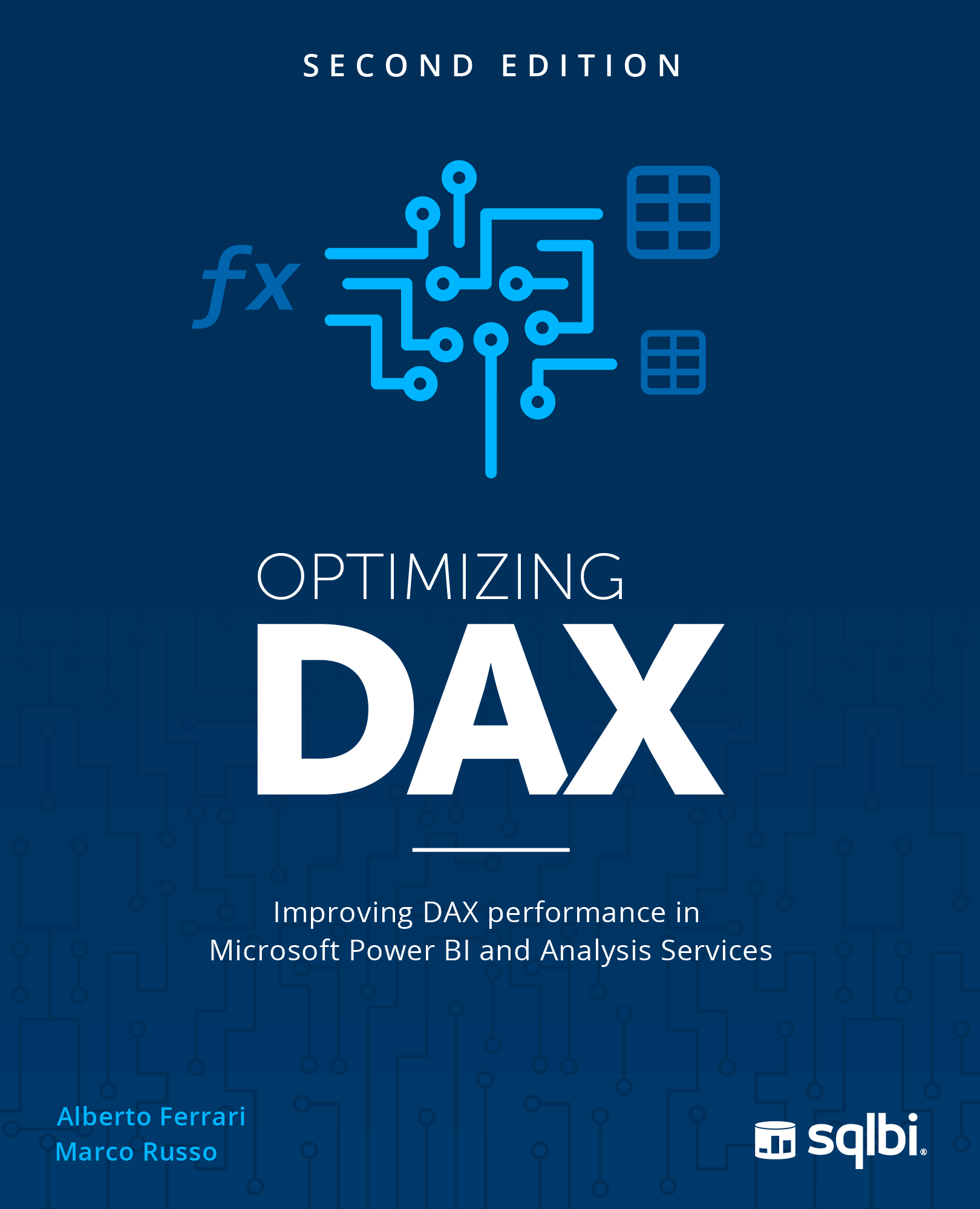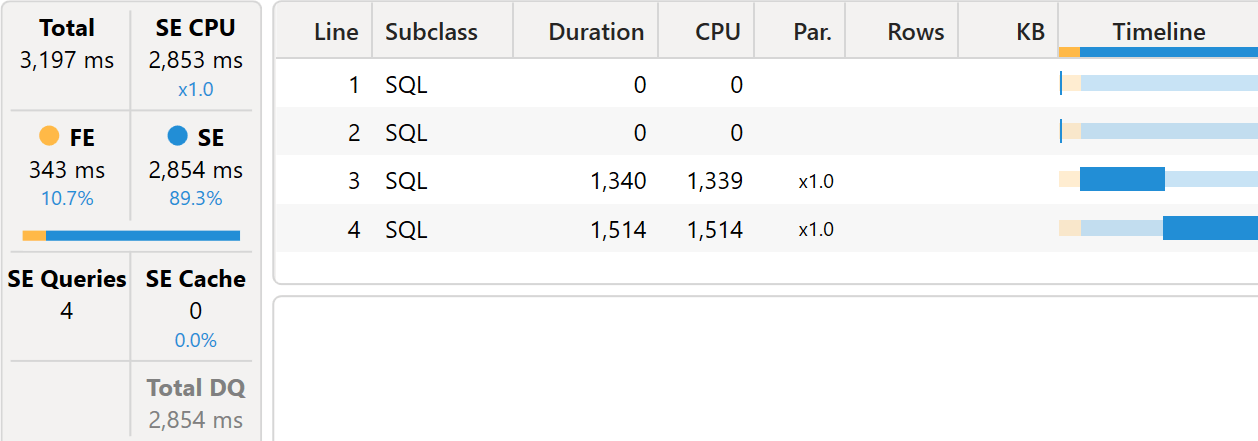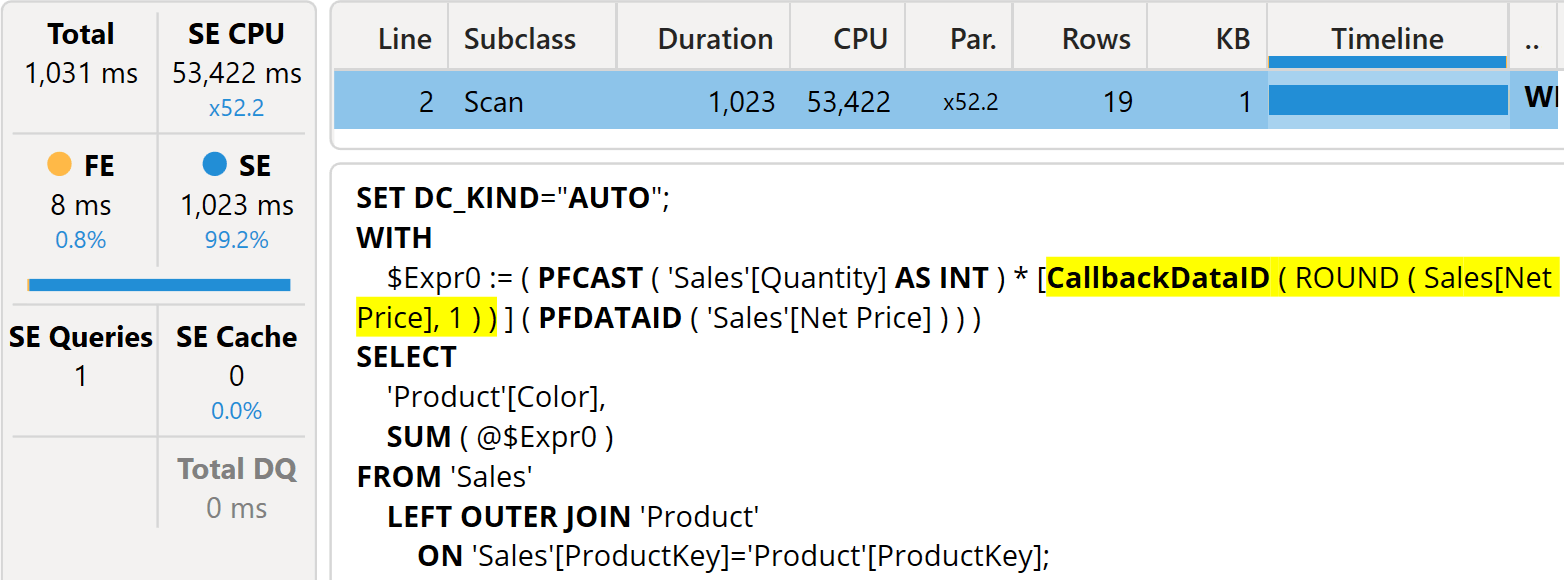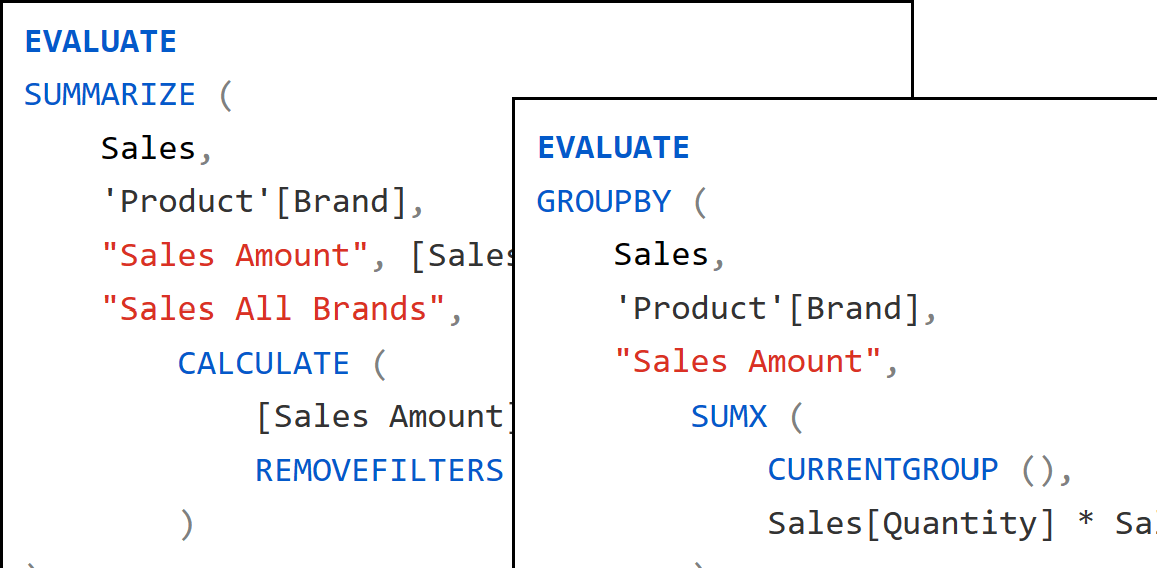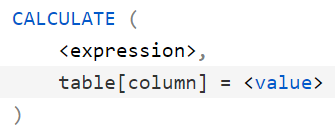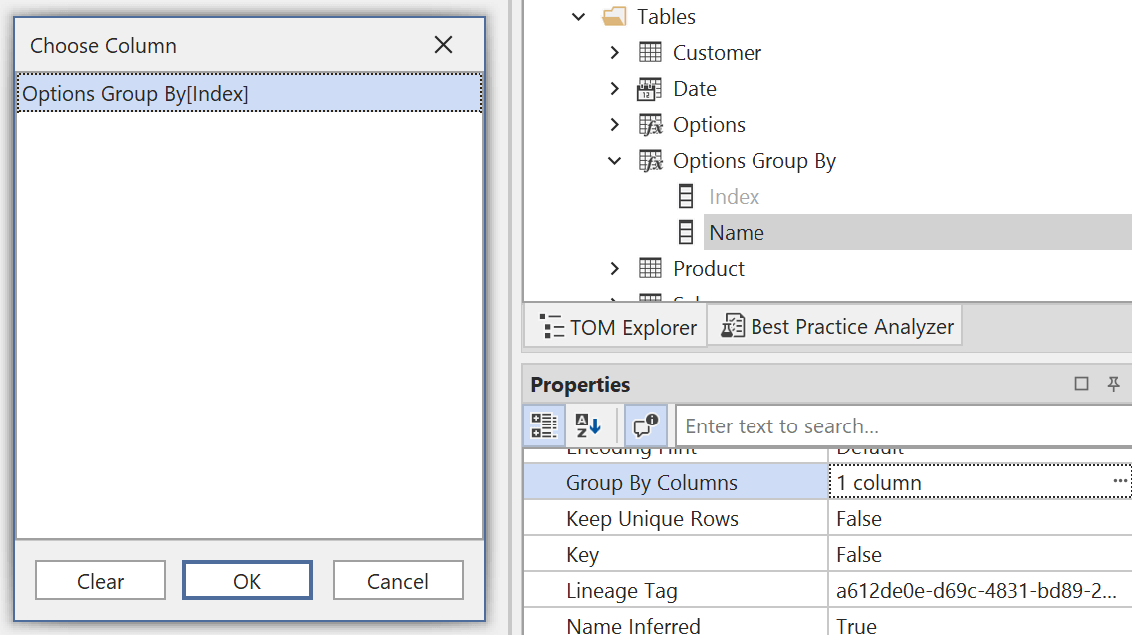Topic: Optimization
-
In this article, we examine the details of executing DAX code, with a focus on how the IF function is implemented in various scenarios. Read more
-
This article describes how to optimize inventory calculations in DAX by using snapshots to avoid the computational cost of a complete running total. Read more
-
We are proud to announce the availability of our new book, Optimizing DAX. Read more
-
This article describes how to optimize time intelligence calculations with DirectQuery over SQL in Power BI by avoiding time intelligence DAX functions. Read more
-
This article explains a typical pattern to optimize a SUMX iterator by reducing the number of callbacks in the expression. Read more
-
Writing measures referencing other measures is in general a good idea that simplifies the DAX code, but you might face specific bottlenecks. This article describes which performance issues might arise when different measures aggregate the same column using different filter… Read more
-
This article describes how to analyze the performance of a DAX measure based on a DISTINCTCOUNT calculation and how to evaluate possible optimizations. Read more
-
Both GROUPBY and SUMMARIZE are useful functions to group by columns. However, they differ in both performance and functionalities. Knowing the details lets developers choose the right function for their specific scenario. Read more
-
A filter argument in CALCULATE is always an iterator. Finding the right granularity for it is important to control the result and the performance. This article describes the options available to create complex filters in DAX. Read more
-
This article describes how to use the Group By Columns property to store the slicer selection by using the same column used in a SWITCH function to optimize the query performance. Read more
